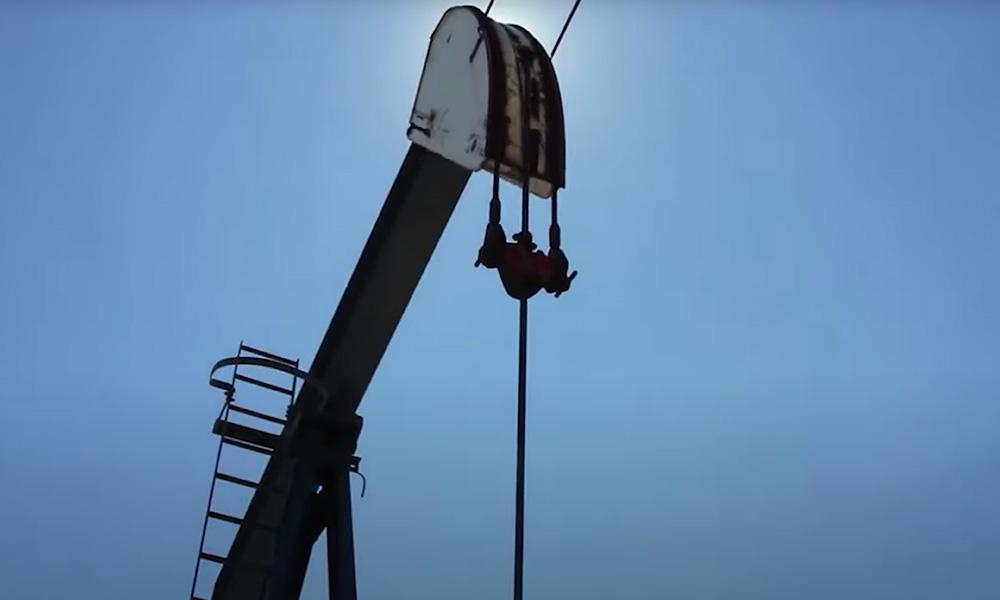Crude oil demand forecast for 2025: Why are OPEC and IEA so cautious? Can the Asian market break the pessimistic expectations?
2025-07-22 15:06:36

Cautious forecast: OPEC and IEA's conservative attitude
OPEC's optimism and caution coexist
OPEC and its expansion group, OPEC+, which includes Russia and other countries, have been publicly stating that strong global demand and tight supply markets provide ample reasons to expand oil production. However, its monthly report released in July sent a more cautious signal. The report predicts that global oil demand will increase by 1.29 million barrels per day in 2025, of which 1.16 million barrels per day will mainly come from countries outside the Organization for Economic Cooperation and Development (OECD). Although this figure is slightly more optimistic than the IEA's forecast, it is still conservative compared with OPEC's past forecasts.
IEA's low growth forecast
In contrast, the IEA's forecast is more pessimistic. In its July monthly report, the IEA expects global crude oil demand to grow by only 700,000 barrels per day in 2025, which will be the slowest growth since 2009. Such a sluggish growth forecast not only reflects the IEA's concerns about the global economic recovery, but also implies considerations for energy transformation and the development of alternative energy. However, does this conservative forecast underestimate the real potential of the market, especially in Asia?
The gap between prediction and reality
It is worth noting that the cautious attitude of OPEC and the IEA is in stark contrast to the actual situation in the Asian market in 2024. In 2024, OPEC had highly optimistic expectations for Asian demand, predicting that demand from non-OECD countries in Asia will increase by 1.34 million barrels per day, of which China will contribute 760,000 barrels per day. However, data from LSEG Oil Research shows that Asia's crude oil imports in 2024 will not increase but decrease, down 370,000 barrels per day year-on-year to 26.51 million barrels per day, which is the first decline in Asian oil imports since the epidemic blockade in 2021. This gap between predictions and reality has weakened the credibility of OPEC's forecast for 2025, and it also makes people wonder: Is the current cautious forecast an overreaction?
Asian markets: the dawn of recovery and the game of inventory
Signs of recovery in Asian demand
Although Asia's crude oil imports were weak in 2024, data for 2025 showed signs of recovery. According to LSEG data, Asia's crude oil imports reached 27.25 million barrels per day in the first half of 2025, an increase of 510,000 barrels per day year-on-year. In particular, in the second quarter, China's refineries took full advantage of the low oil prices and increased crude oil imports. This import growth not only reflects the recovery in demand, but may also be related to inventory accumulation. If the global economic environment remains stable, the recovery of demand in the Asian market may provide support for global crude oil prices.
The key roles of China and India
As the two largest crude oil importers in Asia, China and India have attracted much attention for their demand performance. OPEC predicts that oil demand in non-OECD countries in Asia will increase by 610,000 barrels per day in 2025, of which China will contribute 210,000 barrels per day and India will contribute 160,000 barrels per day. The IEA's forecast is more conservative, predicting that China's total demand for refined oil will increase by 81,000 barrels per day, India will increase by 92,000 barrels per day, and Asia's total demand increase for non-OECD countries will be 352,000 barrels per day. Although the figures of both agencies are not high, combined with the strong performance of Asian imports in the first half of 2025, these forecasts seem to underestimate the actual potential of the market.
Oil price fluctuations and inventory strategies
Oil prices are a key factor affecting crude oil demand in Asia. In 2024, high oil prices once suppressed Asia's import demand, with Brent crude futures reaching a high of $92 per barrel in April and only briefly falling below $70 in September. Since 2025, oil prices have continued to weaken, with Brent crude falling from $82 per barrel in January to $58.50 in May. This low price has stimulated Asian refineries' enthusiasm for imports while also driving inventory accumulation. If OPEC+ increases production amid growing global economic uncertainty, oil prices may continue to remain low, further stimulating inventory construction and demand growth in Asia.
Caution or pessimism? The true outlook for the crude oil market in 2025
The logic of price driving demand
The comparison between 2024 and 2025 shows that the impact of oil prices on demand is far greater than expected. High oil prices in 2024 suppress Asian import demand, while low oil prices in 2025 stimulate import recovery. This strong correlation between price and demand, especially in the Asian market, reminds us that we cannot simply use historical data or economic models to predict the future. The cautious forecasts of OPEC and the IEA may ignore the short-term stimulus effect of price fluctuations, especially in Asia, a key market that accounts for about 40% of global crude oil demand.
Geopolitical and economic uncertainty
At present, the global economy faces multiple uncertainties, including the trade war promoted by US President Trump and its impact on the global supply chain. If OPEC+ increases production against this backdrop, oil prices may come under further pressure, and Asian countries may seize the opportunity of low prices to further expand imports and inventories. This dynamic may break the conservative forecasts of OPEC and the IEA and inject new vitality into the crude oil market in 2025.
The decisive role of the Asian market
As the core driver of global crude oil demand, the performance of the Asian market will directly determine the trend of oil prices in 2025. As a key indicator of global crude oil prices, the importance of seaborne imports cannot be ignored. The strong growth of Asian imports in the first half of 2025 indicates that the market may be more active than OPEC and IEA forecasts. If this trend continues, global crude oil demand in 2025 may exceed expectations, and the cautious forecasts of OPEC and IEA may prove to be too pessimistic.
Conclusion: Can Asia reverse the pessimistic expectations in the crude oil market?
In summary, OPEC and IEA's cautious forecasts for crude oil demand in 2025 reflect concerns about the global economic recovery, but this conservative attitude may underestimate the potential of the Asian market. The strong performance of Asian crude oil imports in the first half of 2025 and the stimulating effect of low oil prices on demand have injected positive signals into the market. Against the backdrop of increasing global economic and geopolitical uncertainties, the dynamics of the Asian market will be key to determining the trend of crude oil prices in 2025. Are OPEC and IEA too cautious? The answer may be revealed in the performance of the Asian market.
- Risk Warning and Disclaimer
- The market involves risk, and trading may not be suitable for all investors. This article is for reference only and does not constitute personal investment advice, nor does it take into account certain users’ specific investment objectives, financial situation, or other needs. Any investment decisions made based on this information are at your own risk.





















